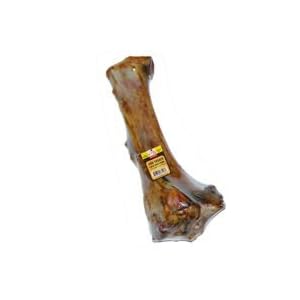Well we have a steer going to the freezer soon which got me thinking about making bone scales for one of my restoration jobs.
Has anyone got experience of going from raw bone to finished product or able to point me to a good online howto ?
Was eyeing his horns as well after seeing links to how to do that - but they're a bit short.
Haven't had any luck in finding anything online so far.
cheers
Has anyone got experience of going from raw bone to finished product or able to point me to a good online howto ?
Was eyeing his horns as well after seeing links to how to do that - but they're a bit short.

Haven't had any luck in finding anything online so far.
cheers
